Mycotoxins, often underestimated but potentially dangerous compounds, can significantly impact health when present in indoor environments. In this in-depth exploration, we’ll delve into the intricacies of mycotoxins, understanding their origins, their health implications, and why a heightened awareness of these substances is particularly crucial within the Australian context.

What Are Mycotoxins?
Mycotoxins are toxic secondary metabolites produced by certain fungi under specific environmental conditions. These fungi can proliferate on various surfaces, including food, crops, and building materials. Not all fungi produce mycotoxins, but those that do can release these harmful compounds into the air, posing potential health risks for individuals exposed to them.
Understanding the nature of mycotoxins is fundamental for anyone striving to maintain a healthy indoor environment. These toxins can enter homes through various pathways, including contaminated air, water-damaged building materials, and mouldy food items. Recognising this, awareness and preventive measures are critical to creating and sustaining a safe living space.
Mycotoxins come in various types, each with its own health effects. Aflatoxins, for instance, are known for their carcinogenic properties and can be found in improperly stored grains, nuts, and legumes. Conversely, ochratoxins may contaminate cereals, coffee, and dried fruits, contributing to kidney and liver issues. Aspergillus, Penicillium, and Fusarium are common fungi that produce mycotoxins, and understanding their prevalence and characteristics is crucial for effective prevention.
Why Mycotoxins Matter in Australia
Australia’s unique climate and environmental conditions create an ecosystem where mycotoxin-producing fungi can thrive. The interplay of factors such as temperature, humidity, and building practices can contribute to the growth of these fungi, making mycotoxin contamination a relevant concern for Australian residents.
In this context, it’s imperative to recognise the potential consequences of mycotoxin exposure. From respiratory issues to allergic reactions, the health implications can be varied and sometimes severe. As we delve into the challenges posed by mycotoxins in Australia, addressing this issue becomes increasingly apparent for the population’s well-being.
Identifying Mycotoxin-Prone Environments in Australia
Specific environments are more conducive to mycotoxin growth, and understanding the conditions that favour their development is key to effective prevention. Damp or water-damaged areas, poorly ventilated spaces, and locations with mould issues are particularly susceptible. Practical insights will be provided to help readers recognise and assess the risk of mycotoxin contamination in their homes or workplaces.
Ventilation plays a pivotal role in preventing mycotoxin issues. Proper airflow helps regulate humidity levels and discourages the growth of fungi that produce mycotoxins. Additionally, addressing water leaks promptly and ensuring adequate insulation are essential steps in minimising the risk of mycotoxin contamination.
A crucial aspect of addressing mycotoxin concerns is testing. Regular testing ensures the early identification of potential issues, allowing for prompt intervention. Air Quality Australia, led by experts Jason Chapple and Graham Singleton, stands out as a reputable option for mycotoxin testing in the region. Their extensive experience and knowledge in understanding and assessing indoor air quality make them a valuable resource for individuals seeking to ensure the safety of their living or working spaces.

Testing for Mycotoxins: Importance and Methods
Knowledge is power. We’ll guide readers through the significance of regular testing for mycotoxins, detailing various testing methods available in Australia. The emphasis on testing is not solely about identifying the presence of mycotoxins but also about understanding the microbial ecology of indoor spaces.
Air Quality Australia employs state-of-the-art methodologies, ensuring accurate assessments and comprehensive insights into indoor air quality. Testing provides a proactive approach, empowering individuals to take informed steps in safeguarding their environments against potential mycotoxin-related issues.
When considering mycotoxin testing, it’s crucial to understand the methods employed by professionals like Jason Chapple and Graham Singleton. These experts use cutting-edge technology to detect and quantify mycotoxin levels in indoor spaces. Their meticulous approach involves air and surface sampling, comprehensively analysing potential mycotoxin sources. Through their services, individuals can clearly understand their indoor air quality and take targeted actions to address any identified issues.
Understanding the importance of testing extends beyond mere detection; it is a proactive measure to safeguard the health and well-being of individuals living or working in a particular environment. Corrective actions can be implemented by identifying potential mycotoxin issues early on, preventing further exposure and potential health risks.
As we embark on this journey into the world of mycotoxins, we aim to unravel the complexities of these compounds and equip you with the knowledge needed to foster a safe and healthy indoor environment. Stay tuned for more in-depth explorations into mycotoxin-related topics in our upcoming blogs, where we will further dissect the nuances of mycotoxin prevention, identification, and remediation.

